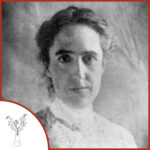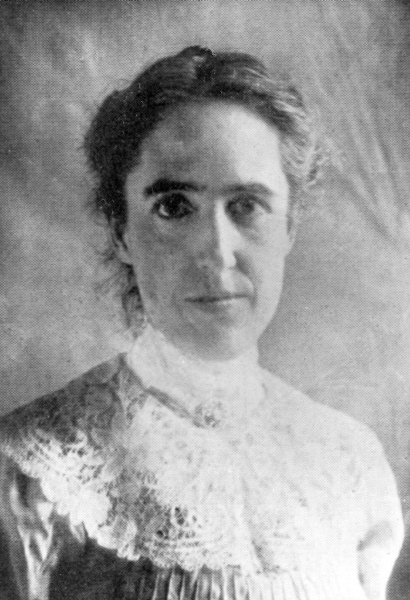

Birth: July 4, 1868
Death: December 12, 1921
Specialty: Astronomy
Major Contributions:
Developed Leavitt Law
Created Harvard Standard for photographic measurements
Hired at the Harvard College Observatory in 1893, astronomer Henrietta Swan Leavitt was one of Pickering’s Computers, women hired to complete calculations for male scientists. She was not paid for the first part of her employment, as the director thought that her family had money, so she didn’t need to be compensated. Even when she was paid a few years later it was at half the rate of the men doing the same work.
Unable to choose her own research topics, she was assigned to work on the analysis of variable stars, which are stars whose luminosity or brightness changes over time. In her observations of some of these stars, ones found in the Magellanic Clouds, she noted a pattern in the variable stars and published her observations in 1908. Four years later she confirmed this period-luminosity relationship, also called the Leavitt Law, which concluded that there is a direct correlation between how long it takes the star to change from bright to dim to the actual brightness of the star. By calculating the distance to the small Magellanic Cloud she was able to show that the Milky Way has a diameter of about 100,000 light years – a fact that was previously unknown.
While at Harvard she used close to three hundred plates from thirteen telescopes and logarithmic equations to develop and refine a standard for photographic measurements, which was accepted by the International Committee of Photographic Magnitudes in 1913 and is known as the Harvard Standard.
She was a member of many professional groups including the American Association of University Women, The American Astronomical and Astrophysical Society, and the American Association for the Advancement of Science. Because of family obligations and health problems, including losing her hearing due to an illness contracted while at college, she didn’t work full time at the observatory. Nonetheless, she was made the head of stellar photometry at Harvard in 1921. Sadly, she died of cancer in the same year.
It was Leavitt’s work with correlating luminosity and period that astrophysicist Edwin Hubble combined with spectral shifts to determine that the universe is expanding. An asteroid was named for Leavitt and in honor of her and the work of other deaf astronomers, a crater on the Moon was named the Leavitt crater.
Written by Angela Goad
Sources:
She Is An Astronomer: Henrietta Leavitt
Wikipedia: Henrietta Swan Leavitt
See Also:
Henrietta Swan Leavitt – Lady of Luminosity
